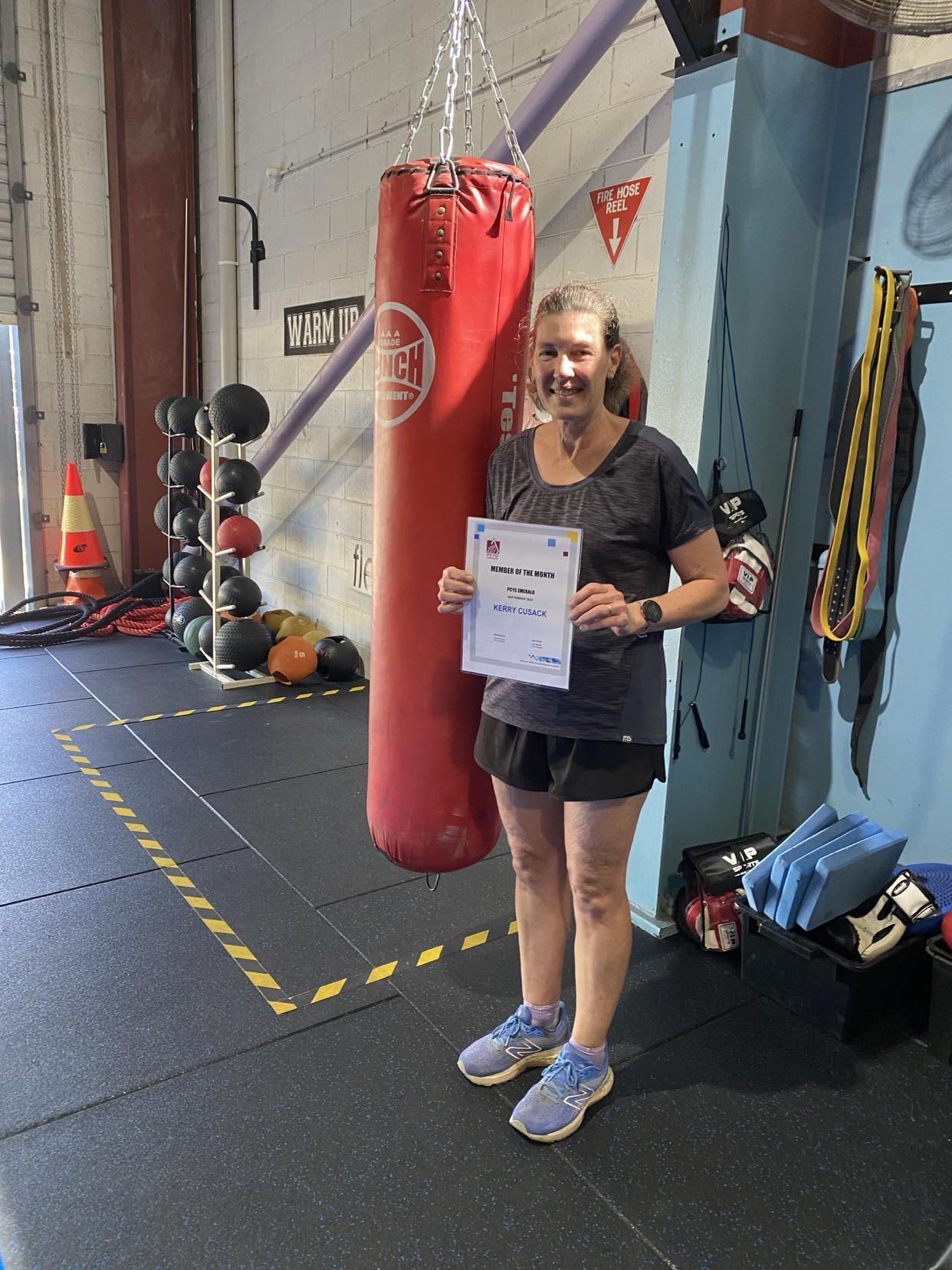There are many gym and fitness misconceptions out there. Let’s explore some of the most common ones.
Doing sit ups will give you abs
This is one of the most popular fitness myths around. Many people believe that doing endless sit-ups will help them lose belly fat, or that leg exercises will melt fat off their thighs.
Unfortunately, the body doesn’t work that way.
Spot reduction, the idea that you can lose fat from a specific area by exercising that part of the body, has been repeatedly disproven by research.
When you exercise, your body draws energy (calories) from overall fat stores, not just from the area you’re targeting. This means that while abdominal exercises strengthen and build the muscles underneath, they won’t directly burn the fat covering them.
To achieve visible abs or to define any muscle group the key is reducing overall body fat through a calorie deficit.
This means consuming fewer calories than your body burns over time. The principle is simple: calories in vs. calories out. Your body burns calories through three main components:
- Basal Metabolic Rate (BMR): The energy your body uses at rest to maintain basic functions like breathing and digestion.
- Activity level: Calories burned through exercise and daily movement.
- Thermic effect of food (TEF): The small amount of energy used to digest and process the food you eat.
Together, these make up your Total Daily Energy Expenditure (TDEE) – the total number of calories you burn in a day. There are many reliable TDEE calculators available online to estimate your daily calorie needs. By comparing your calorie intake to your TDEE, you can adjust your diet to create a sustainable deficit for fat loss or a surplus for muscle gain. In short, if you want visible abs, focus on nutrition, consistency, and total-body training, not just endless crunches.
Strength training, cardio, and a balanced diet all work together to help you reveal the muscle definition you’re building underneath.
Cardiovascular exercise is the best way to lose weight
While cardio workouts such as running, cycling, or rowing are excellent for improving heart health and burning calories, they are not the only or even the most effective methods for long-term fat loss. Relying solely on cardio can lead to plateaus and even loss of muscle mass if not paired with strength training and proper nutrition.
Strength training plays a crucial role in sustainable weight loss. Unlike cardio, which primarily burns calories during the workout itself, strength training creates a higher afterburn effect (known as excess post-exercise oxygen consumption or EPOC). This means your body continues to burn calories for hours even up to 72 hours after you’ve finished exercising, as it works to repair and rebuild muscle tissue.
Building lean muscle also increases your resting metabolic rate the number of calories your body burns at rest. The more muscle you have, the more energy your body requires daily, which helps make maintaining a healthy weight easier in the long run.
For best results, combine consistent strength training with moderate amounts of cardio and a balanced, nutrient-dense diet. Focus on whole foods such as fruits, vegetables, lean proteins, and whole grains, while keeping overall movement high throughout your day (like walking, stretching, or taking the stairs).
By blending all these elements, you’ll not only burn fat more efficiently but also build a stronger, more resilient body — one that looks and feels healthy well beyond the number on the scale.
Lifting weights makes you bulky
The reality is that building large, bulky muscles takes years of intentional, heavy training combined with a calorie surplus.
Most people and particularly women simply don’t have the natural levels of testosterone or anabolic hormones required to gain large muscle mass easily.
Instead, strength training helps shape and define your body, not make it bigger. It reduces body fat, improves muscle tone, and gives that “tight and lean” look many people aim for. When you lift weights you increase lean muscle mass, which boosts your resting metabolism, meaning you burn more calories even while resting. Your posture improves as well as your overall strength, making everyday movements easier and reducing injury risk.
Ironically, avoiding weights for fear of getting “big” can lead to slower fat loss and a softer look because muscle is what gives the body a toned appearance. So rather than making you bulky, lifting weights is one of the best tools for creating a strong, lean, and healthy physique.




